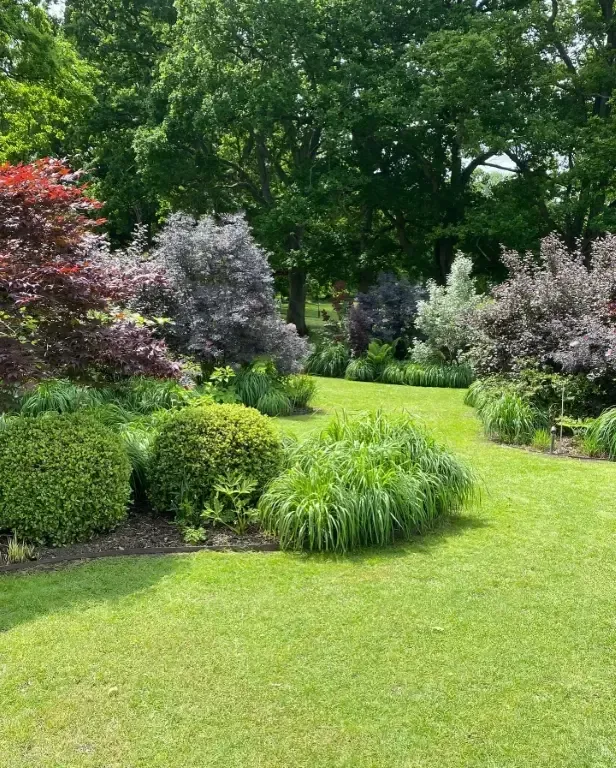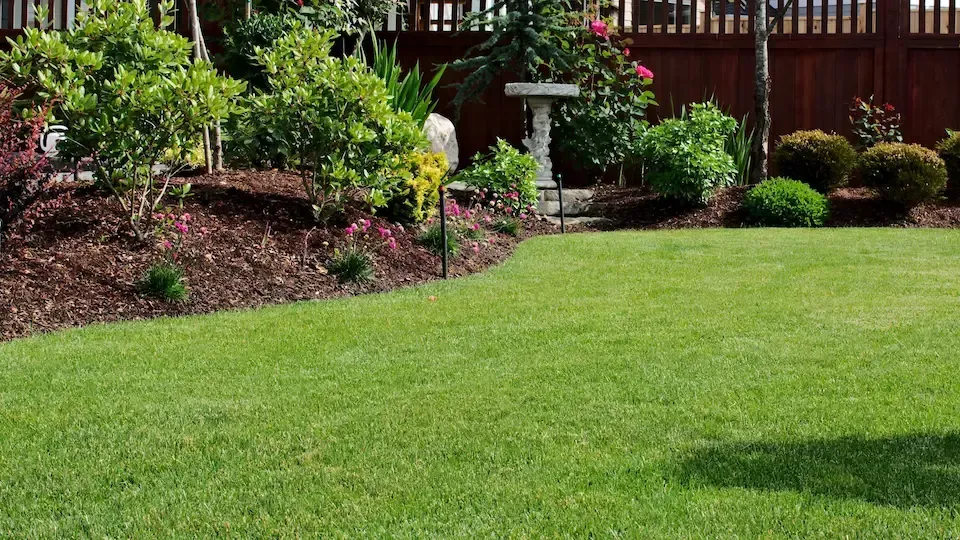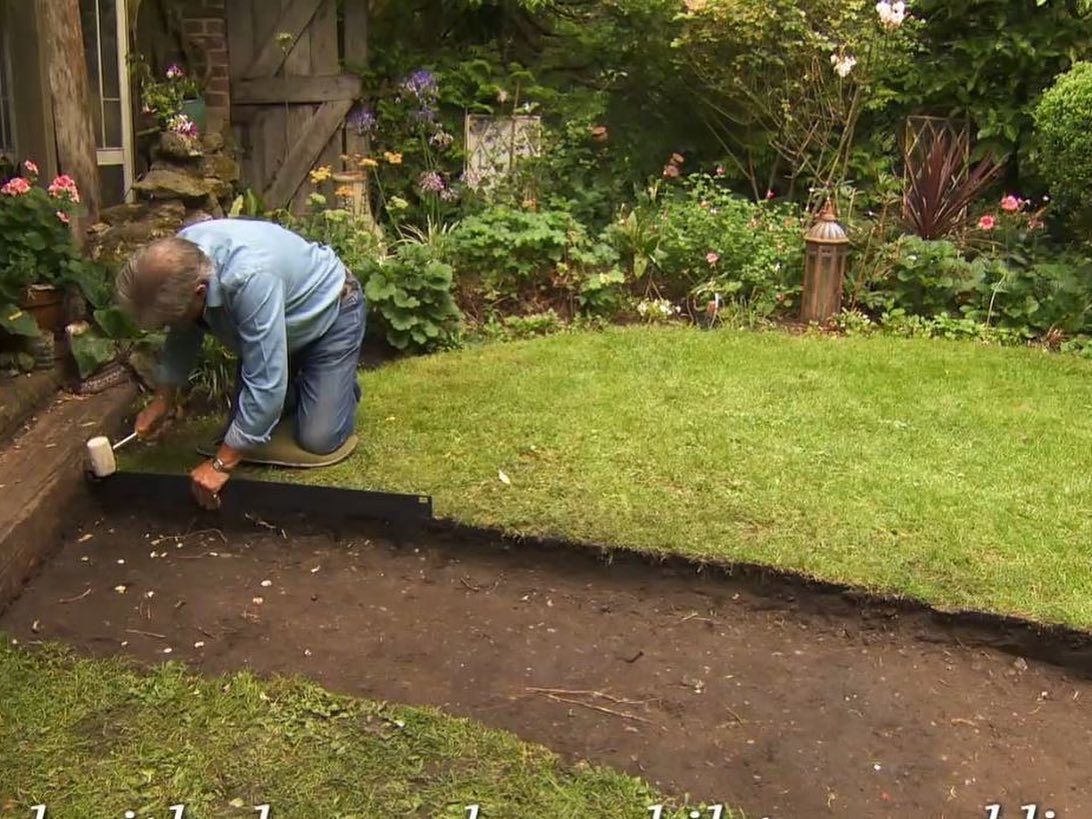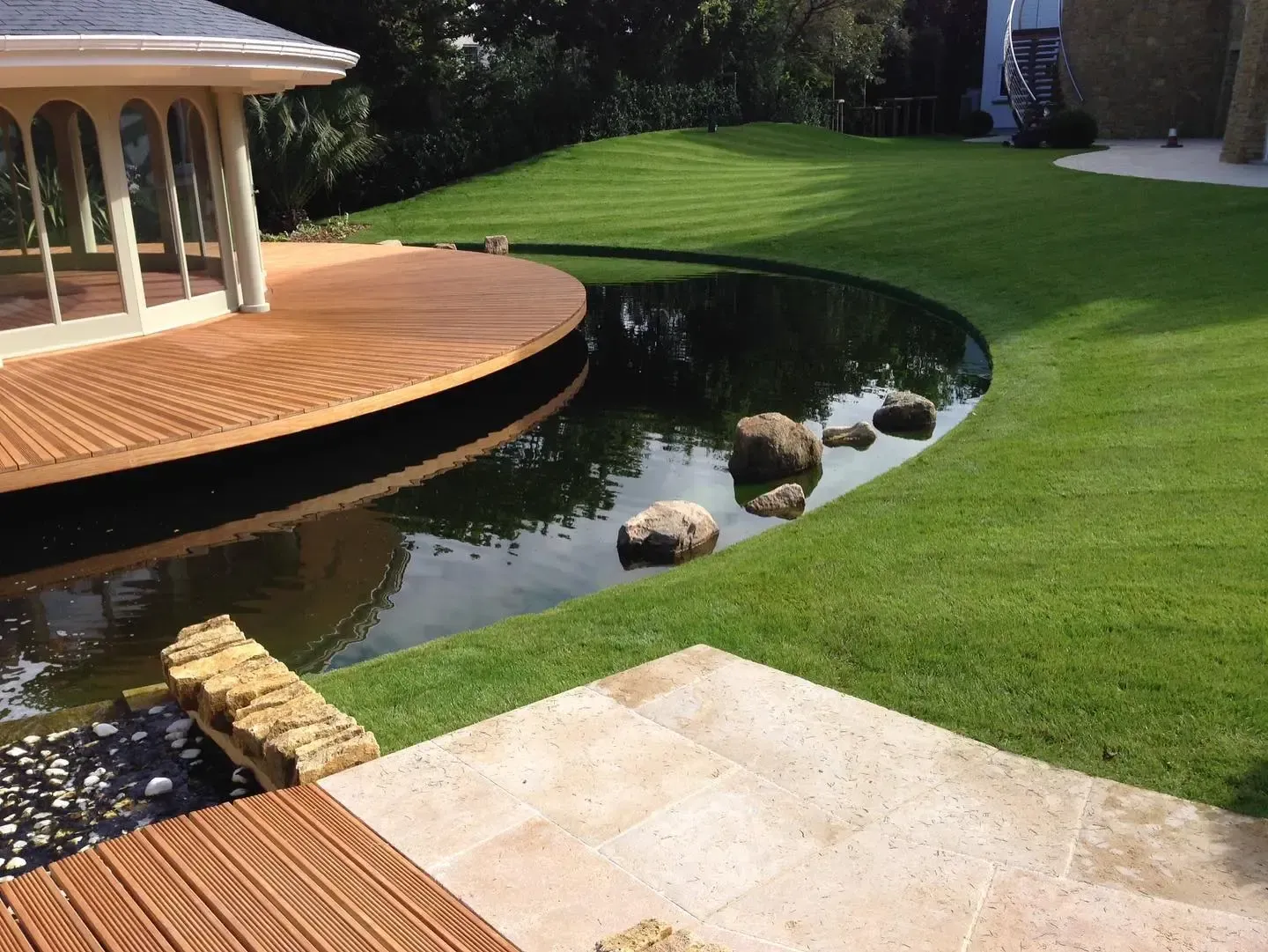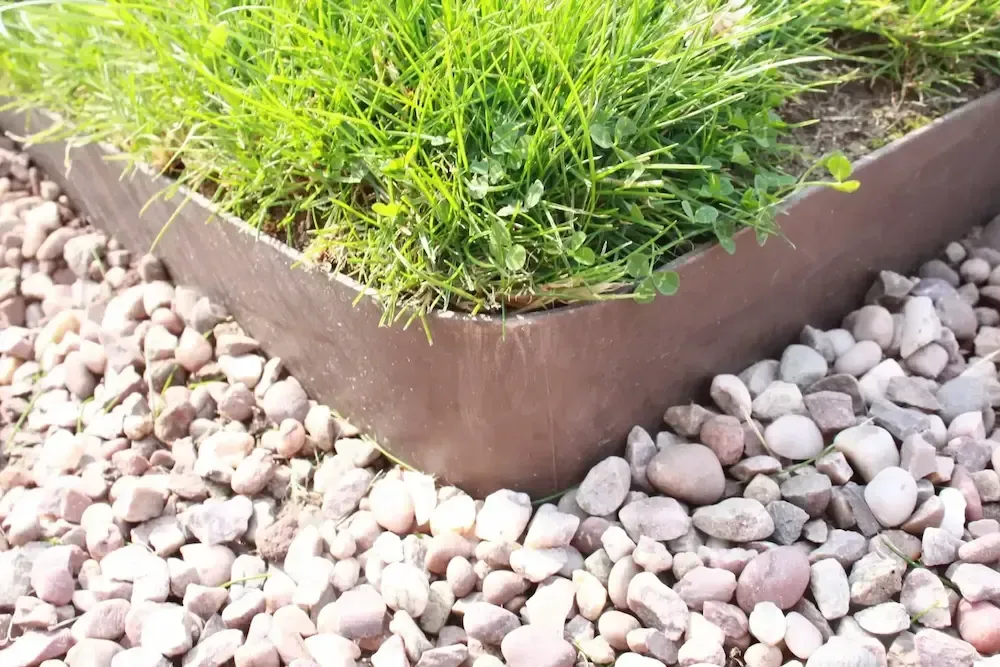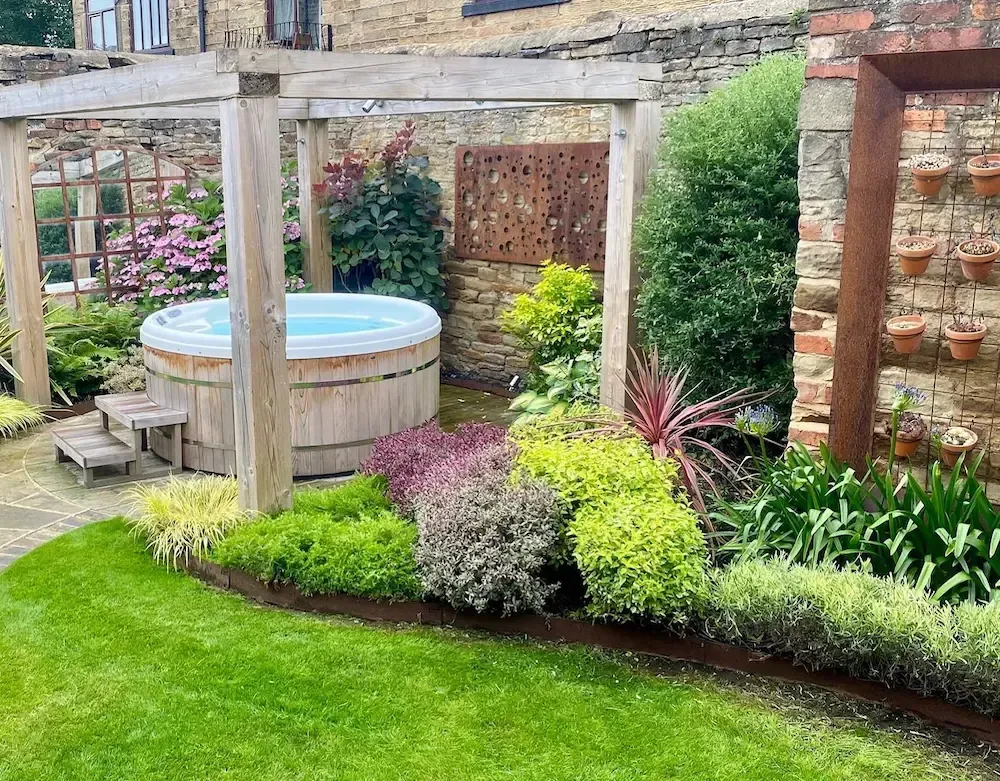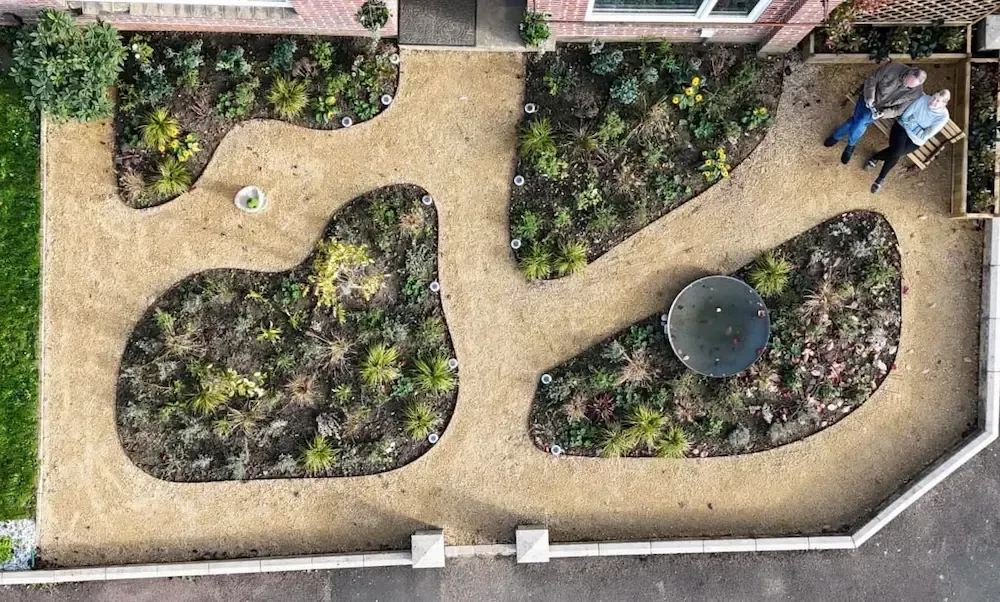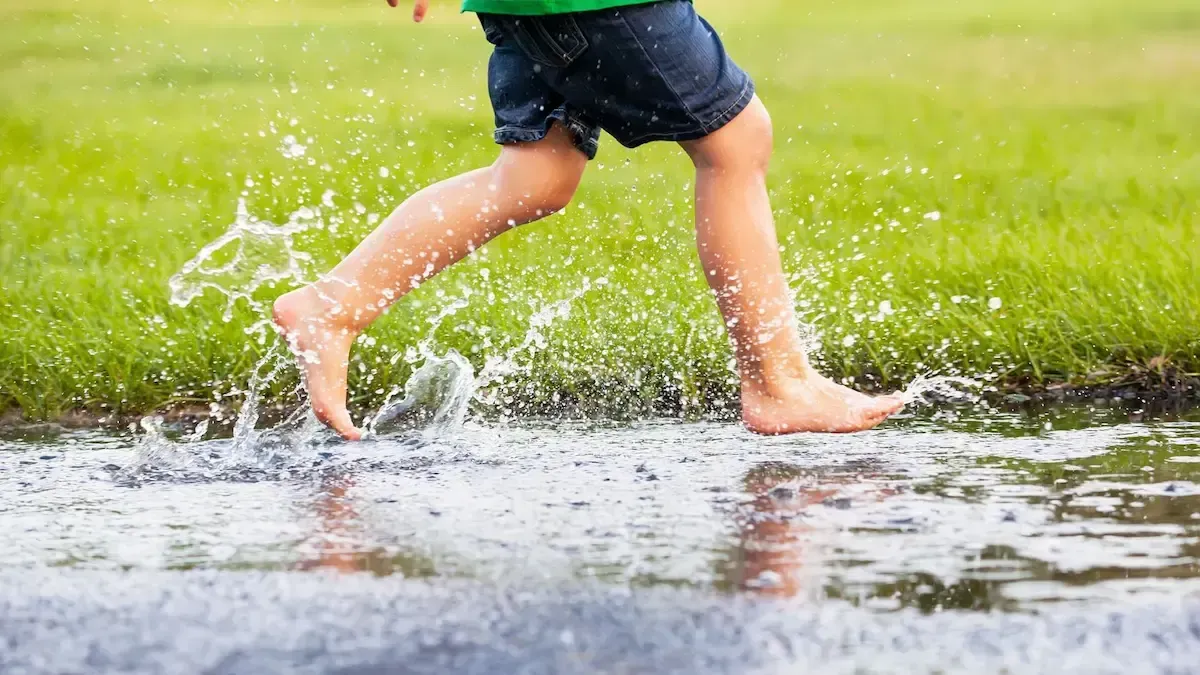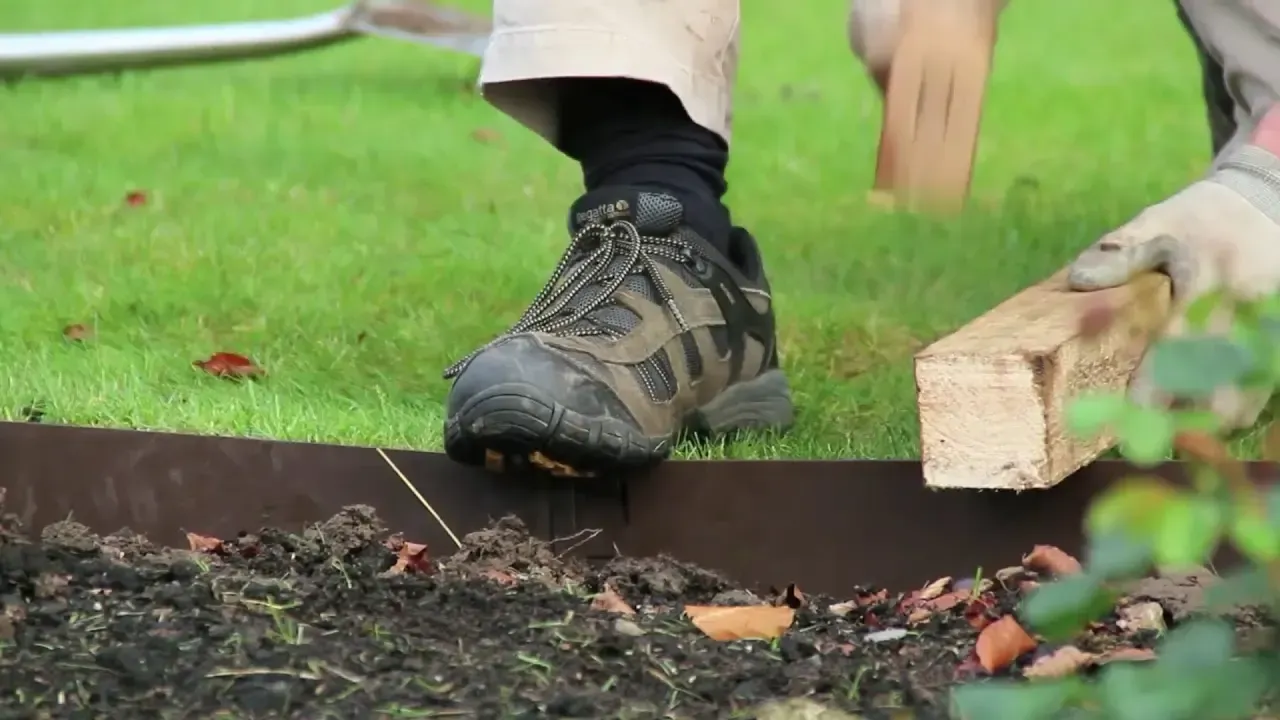Winter lawn care: preparing your lawn and edges for a strong spring comeback
Winter might give you a break from summer’s relentless mowing schedule, but it’s no time to forget about your lawn. While grass growth noticeably slows in the cooler temperatures, your lawn still needs some attention through the colder months. With just a little care now, you’ll be rewarded with a healthier, more resilient lawn that requires less maintenance and attention come spring – and at the heart of a healthy lawn is EverEdge garden edging.
Mow smart
Whereas growth warm-season varieties of grasses like kikuyu, couch, and buffalo slow, cool-season grasses such as perennial rye, fescue, and Kentucky blue grass remain active through winter and benefit from regular mowing. Every 3–4 weeks should do the trick, depending on growth.
- Keep the mower height up a little higher than you usually would set it to allows for a thicker leaf area to absorb more light and helps the lawn stay robust.
- Mow on a dry day and use a catcher to reduce fungal issues.
- Sharpen mower blades and clean them between cuts to prevent disease spread - healthy grass starts with clean tools.
Light and airflow matter
Low winter sun and a change to trees can put your lawn under stress. Your lawn needs light to be able to photosynthesise so where necessary, prune overhanging branches to allow more light through to vulnerable areas of lawn. Regularly raking leaves prevents the blanket of tree debris smothering the lawn and helps reduce the risk of disease. Moss and fungal issues thrive in damp, low-light conditions, so improving air and light circulation is key.
Feed roots, not leaves
Feeding your lawn in winter isn’t essential, but it can be beneficial - particularly in warmer regions or for cool-season grasses. But it’s important to choose a formula that supports root development and soil biology – this helps to improve resistance to stress and fungal issues.
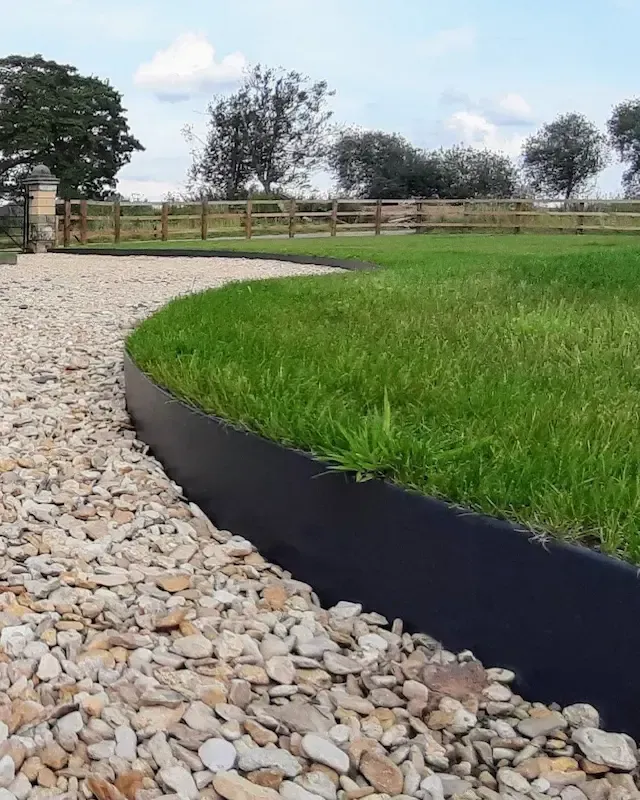
Define and protect lawn edges
Winter is a great time to re-establish or install garden edging, especially if the ground is softer after rainfall. EverEdge’s steel landscape edging creates a clean, durable boundary that stops grass from creeping into garden beds and helps maintain a tidy, structured lawn shape through winter and beyond. Unlike plastic or timber, metal landscape edging doesn’t rot, crack or shift during frost or heavy rains, and it can be mowed over without risk of damage.
Frost, moss and drainage
Avoid walking on frosty lawns as ice crystals can crush grass blades. If frost lingers, hose it off before morning sun hits. Although this feels counterintuitive, hosing frost from the lawn helps minimise discolouration, wilting and stunted growth.
If you notice an abundance of moss on your winter lawn, it can be a sign the soil is compacted and waterlogged. Adequate drainage is crucial for a healthy lawn. Garden edging can be used to control water flow and prevent pooling by directing water away from vulnerable areas – whether through being used to create a subtle slope or directing water towards drainage points.
Winter is the time of year when the garden hibernates, however, spending time on lawn maintenance now will pay dividends as the new growing season starts. So, while your lawn is at a grow-slow stage, take this opportunity to define your spaces, tidy up the edges, and invest in products that will pay off in spring. Steel garden edging does more than just neaten things up - it actively contributes to lawn health. If you would like any help or guidance on how to use EverEdge steel garden edging products, please do get in touch – we’re more than happy to help you. Contact EverEdge today on 021 925 389 or email simon@everedgenz.co.nz.


